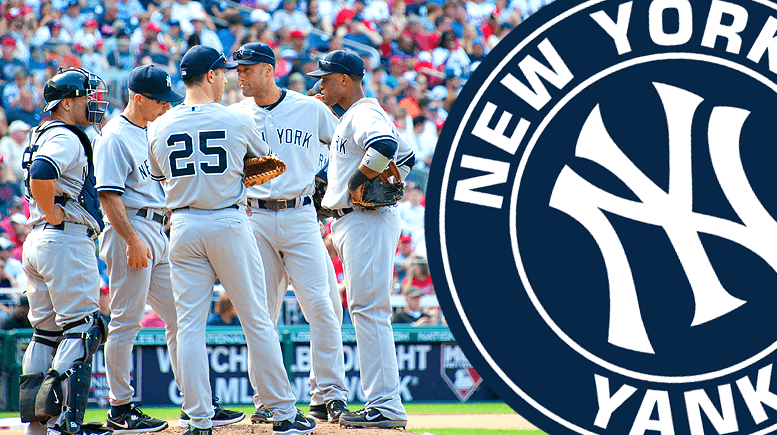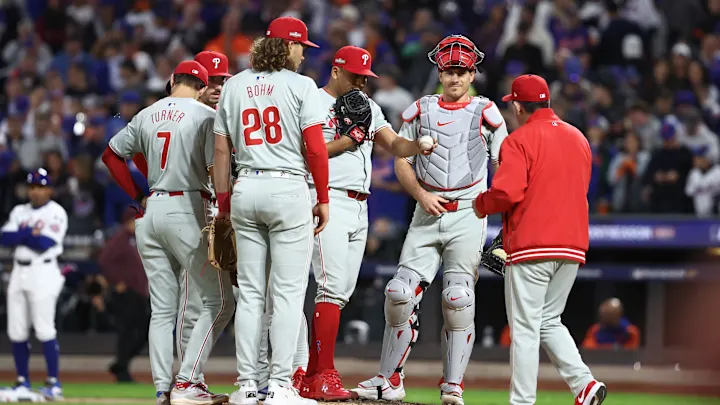Just two days after kicking off their season with a victory and an electrifying leadoff home run from catcher Austin Wells, the New York Yankees made a surprising shift in their batting order on Saturday, signaling a flexible approach to lineup construction that could define their 2025 campaign.
Goldschmidt Steps Into Unfamiliar Territory as Yankees Debut a Fresh Look
With former Yankee Nestor Cortes taking the mound for the Milwaukee Brewers, manager Aaron Boone opted for a drastically different approach—one that turned heads. Gone was Wells from the leadoff spot.
Instead, the Yankees made a bold move by placing 37-year-old first baseman Paul Goldschmidt at the top of the order—marking the first time in his career he has hit leadoff.

Following Goldschmidt, the reshuffled lineup featured Cody Bellinger batting second, Aaron Judge in the three-hole, Jazz Chisholm Jr. in the cleanup spot, and Anthony Volpe rounding out the top five. Wells, despite his Opening Day heroics, was dropped to sixth, with Pablo Reyes batting seventh, Jasson Domínguez slotting in as the designated hitter at eighth, and Trent Grisham patrolling center field while batting ninth. Meanwhile, Bellinger moved to left field, filling the void left by Domínguez.
Strategic Adjustments Over Star Power in Boone’s New Approach
At first glance, the shake-up might seem unconventional, but there’s a clear strategic method behind Boone’s decision. Cortes, a left-handed pitcher known for his sweeping slider, has historically been a nightmare for left-handed hitters. Given that, it made sense for the Yankees to limit their exposure to lefty bats like Wells and Ben Rice, both of whom were left out of starting roles for this particular matchup.
Instead, Boone inserted right-handed utility man Pablo Reyes, who had an impressive spring and holds stronger splits against left-handed pitching. The decision to start Reyes over switch-hitter Oswaldo Cabrera, who struggled mightily from the right side last season (.159 batting average), reflected a commitment to function over familiarity.
Defensively, the move also made sense. Grisham, known for his elite outfield defense, took over in center while Bellinger shifted to left, allowing the Yankees to maintain strong coverage without sacrificing range.
A Preview of the Yankees’ 2025 Philosophy?
This revamped lineup suggests that Boone and the Yankees are embracing a highly adaptable approach this season—one where matchups dictate decisions rather than static roles.
Rather than relying on a set-in-stone order, Boone appears willing to tweak his lineup based on pitching matchups, game situations, and bullpen strategy. As the game unfolds, don’t be surprised if Rice or another lefty bat enters the equation once the Brewers turn to a right-handed reliever.
With a wealth of talent and positional flexibility, the Yankees seem poised to keep opponents on their toes all season long. If Saturday’s lineup shuffle is any indication, expect Boone to continue playing the matchups—perhaps even inning by inning—making the Yankees a team built for both power and precision in 2025.



